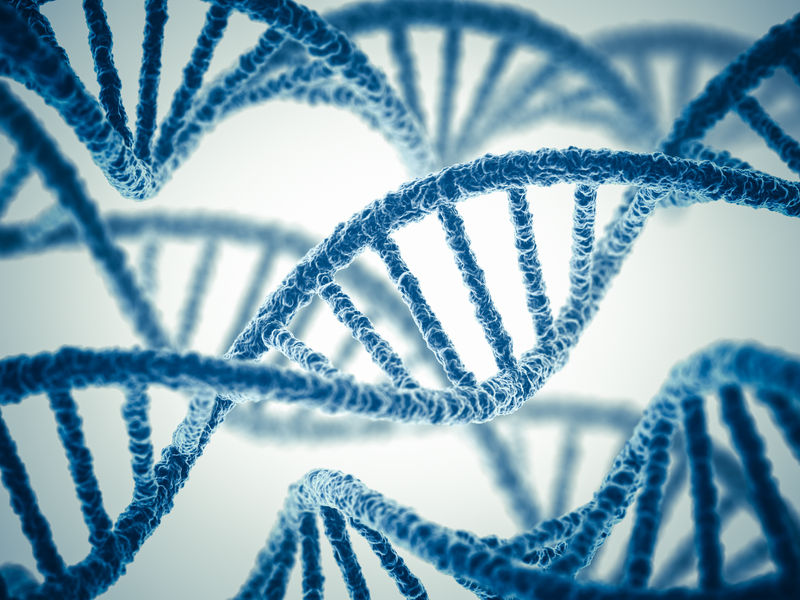As cells divide, they must copy all of their chromosomes only once or chaos will ensue.
Every person starts as just one fertilized egg. By adulthood, that single cell has turned into roughly 37 trillion cells, many of which keep dividing to create the same amount of fresh human cells every few months.
But those cells have a formidable challenge. The average dividing cell must copy—perfectly—3.2 billion base pairs of DNA, about once every 24 hours. The cell’s replication machinery does an amazing job of this, copying genetic material at a lickety-split pace of some 50 base pairs per second.
Still, that’s much too slow to duplicate the entirety of the human genome. If the cell’s copying machinery started at the tip of each of the 46 chromosomes at the same time, it would finish the longest chromosome—No. 1, at 249 million base pairs—in about two months.
“The way cells get around this, of course, is that they start replication in multiple spots,” says James Berger, a structural biologist at the Johns Hopkins University School of Medicine in Baltimore, who co-authored an article on DNA replication in eukaryotes in the 2021 Annual Review of Biochemistry. Yeast cells have hundreds of potential replication origins, as they’re called, and animals like mice and people have tens of thousands of them, sprinkled throughout their genomes.
A blog from WHSLA (Wisconsin Health Sciences Library Association) featuring posts on medical and health science libraries, NLM, and learning opportunities for medical and health science librarians and library staff.
Tuesday, July 11, 2023
Clever DNA Tricks
My husband pointed me to this fascinating article on DNA replication on ARSTechnica -- How it works, and what can go wrong. I thought WHSLA Readers would also enjoy it.
Subscribe to:
Post Comments (Atom)

No comments:
Post a Comment